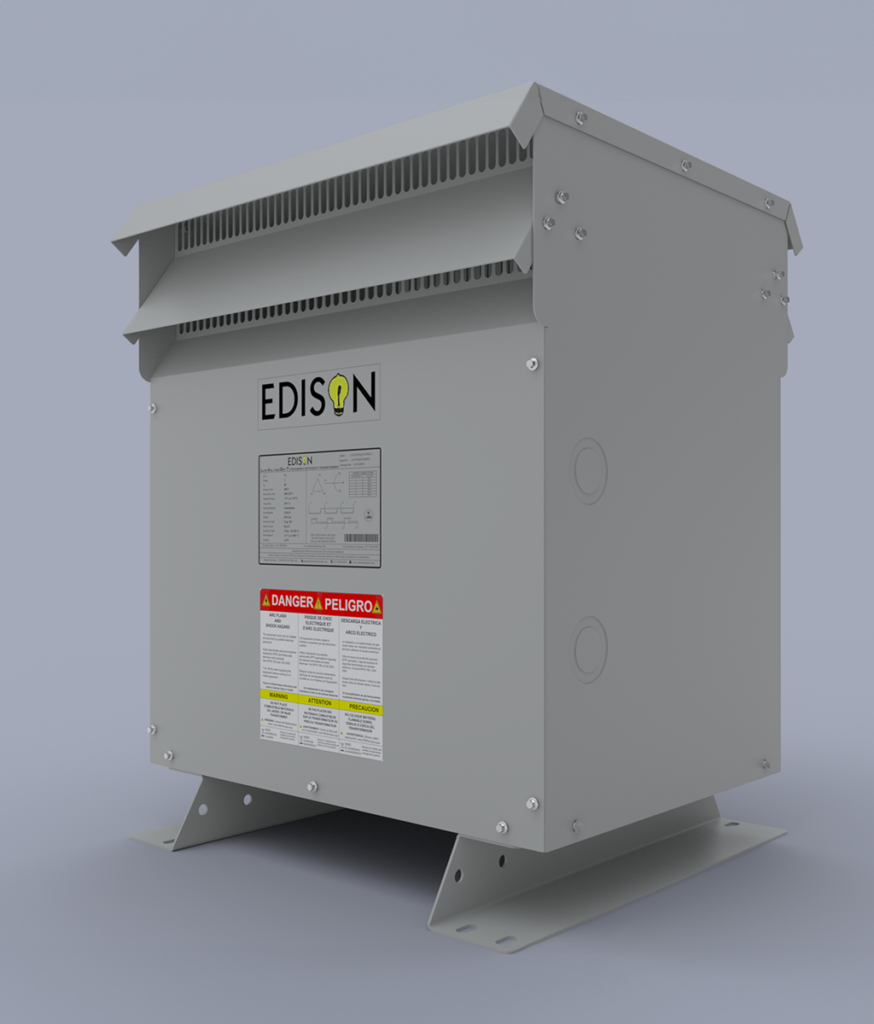How to Choose the Right 75 kVA Transformer: A Complete Business Guide
After helping over 1,200+ businesses across the USA select their transformers, I’ve witnessed how the wrong choice can cost companies thousands in downtime, repairs, and energy waste. This guide shares proven strategies to help you make confident decisions and avoid costly mistakes that plague too many business owners.
Understanding 75 kVA Transformers: Power That Fits Your Business
A 75 kVA transformer serves as your business’s power converter, transforming electricity from one voltage to another while handling up to 75,000 volt-amperes. Think of it as an electrical translator that converts high-voltage utility power into the lower voltages your equipment requires.
This capacity hits the sweet spot for mid-sized operations – powerful enough for serious commercial equipment without the excessive space and energy waste of larger units. It’s perfect for businesses that have outgrown smaller transformers but don’t need massive 150 kVA+ capacity.
When Your Business Needs a 75 kVA Transformer
Commercial Buildings (15,000-25,000 sq ft) represent my most common installations. These facilities typically house 50-100 employees with modern HVAC systems, LED lighting, computers, and kitchen equipment. The transformer converts utility power to the 208Y/120V needed for most commercial applications.

Small Manufacturing Operations benefit tremendously from 75 kVA units. Machine shops with CNC equipment, auto repair facilities with hydraulic lifts, and woodworking operations with multiple power tools all fall within this power range. The three-phase distribution is essential for efficient motor operation.
Critical Specifications That Impact Your Bottom Line
Voltage Configuration: Getting It Right
The most popular setup is 480V primary to 208Y/120V secondary 3-phase, serving about 80% of commercial customers. This configuration works because:
- 480V primary matches standard utility delivery to commercial buildings
- 208Y/120V secondary provides both three-phase power (208V) for motors and single-phase power (120V) for standard outlets and lighting
Amperage Calculations for Safe Installation
For a 75 kVA three-phase transformer:
- Primary current at 480V: 90.2 amps
- Secondary current at 208V: 208.5 amps
These calculations determine your electrical panel sizing, breakers, and wiring requirements. Primary breakers need 125-amp capacity, while secondary breakers require 300-amp capacity per NEC requirements.
The 5-Step Selection Process
Step 1: Calculate Your Actual Load Requirements
Start with comprehensive load analysis using a detailed equipment inventory. Add 20-25% safety margin for future growth, but avoid over-sizing which wastes money and reduces efficiency.
Step 2: Choose the Right Voltage Configuration
Match your utility’s available voltage (usually 480V commercial) with your equipment needs (typically 208Y/120V for mixed commercial loads).
Step 3: Consider Installation Environment
Indoor installations need adequate ventilation with 3+ feet clearance on all sides. Outdoor units require NEMA 3R enclosures for weather protection and UV resistance.
Step 4: Plan for Future Growth
Consider business expansion plans. Sometimes upgrading to 112.5 kVA initially costs only 15-20% more than 75 kVA but prevents expensive future upgrades.
Step 5: Ensure Code Compliance
Follow NEC Article 450 requirements for overcurrent protection, grounding, and clearances. Work with licensed electricians familiar with local code variations.
Why Efficiency Matters for Your Wallet
High-efficiency transformers (98.60% vs 98.0% minimum) save significant money long-term. A 75 kVA transformer at 80% load running continuously saves approximately 600 kWh annually with higher efficiency – that’s $72 yearly savings at $0.12/kWh, totaling $1,440 over 20 years.
Common Mistakes That Cost Thousands
Undersizing leads to overheating, premature failure, and production downtime. Buying based on price alone often results in poor quality units that fail early and consume more energy. Installation mistakes like improper grounding or inadequate ventilation can cause safety hazards and code violations.
Your Next Steps
Getting the right 75 kVA transformer requires careful analysis of your specific needs. Start with accurate load calculations, consider future growth, and work with experienced suppliers who provide ongoing technical support.
Quality transformers from reputable manufacturers typically last 25-30 years with proper maintenance, making them excellent long-term investments when sized and installed correctly.
For detailed specifications, load calculation worksheets, and professional consultation on your specific requirements, contact qualified transformer suppliers who can guide you through the selection process and ensure optimal performance for your business needs.

Recent Comments